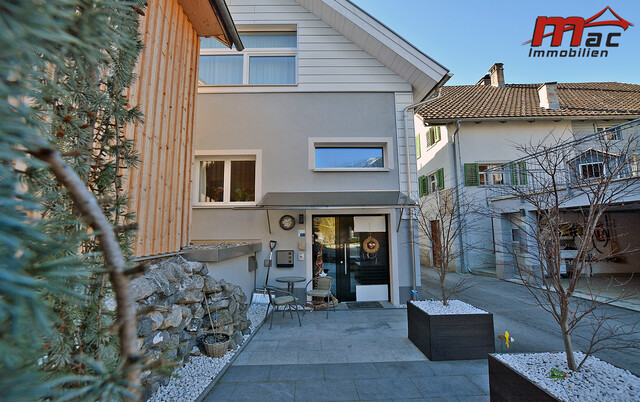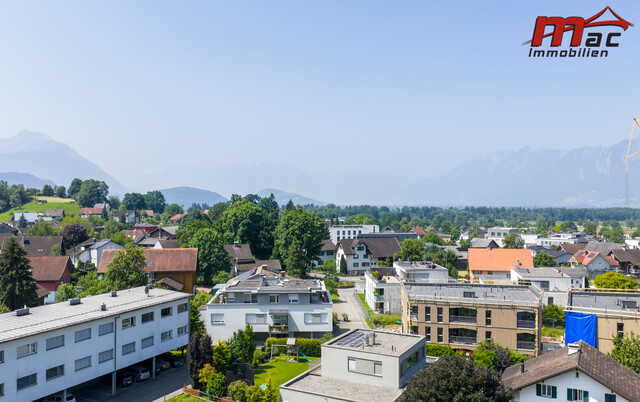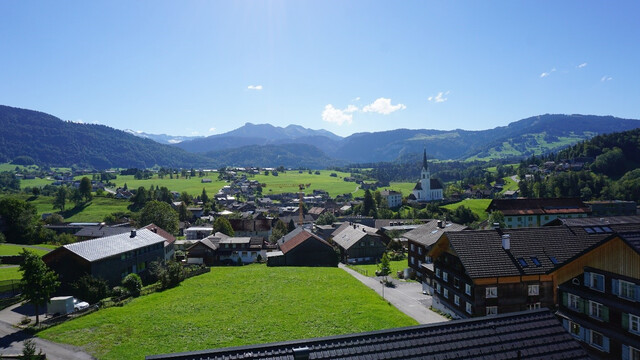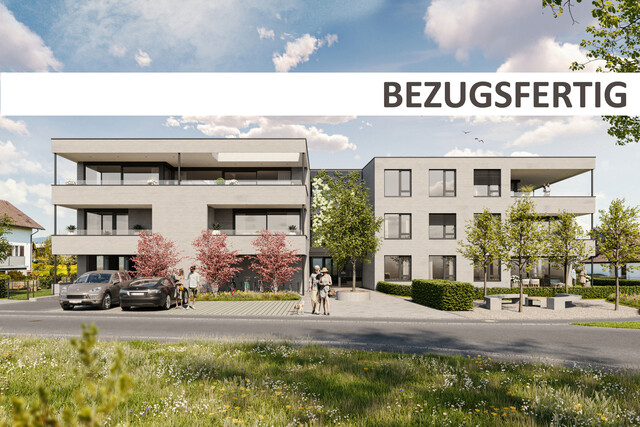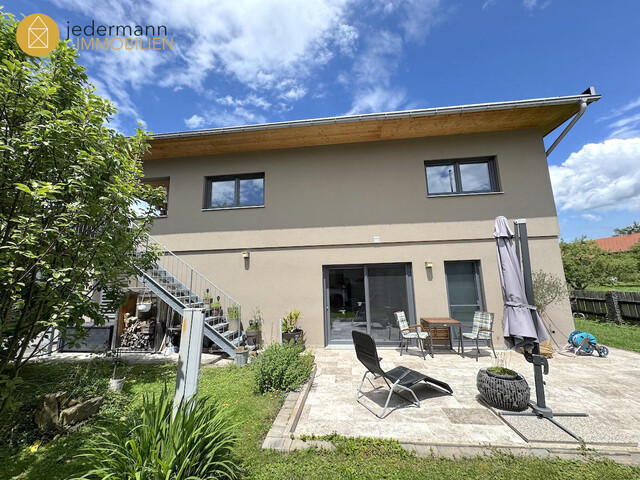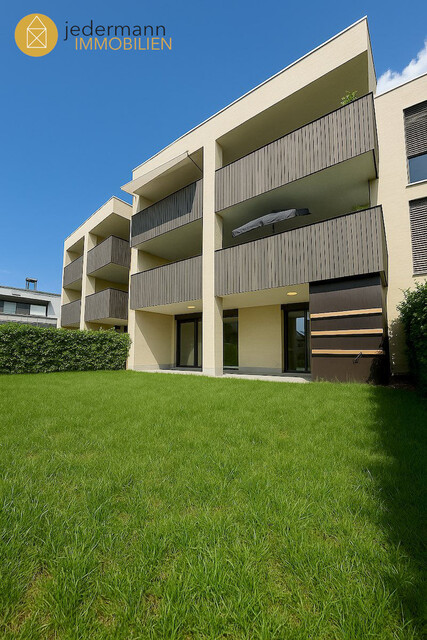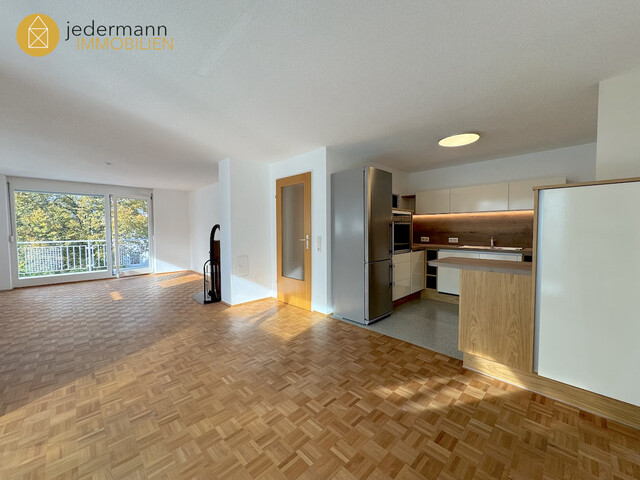Traffic Calming on the Vienna Belt: Necessary or Overkill?

The history of the Vienna Gürtel dates back to the 19th century when it was planned as a grand boulevard. Today, however, it is a controversial space that pits residents, cyclists, and car drivers against each other. Noise pollution, air pollution, and heat are the consequences of increasing traffic, which has risen by almost 80,000 car registrations since 2003. The vehicle lanes take up over 80 percent of the space on the Gürtel, while pedestrians and cyclists have to share the remaining space, as reported by ORF.
Vienna Gürtel as a Heat Trap, No Measures for Improvement
The lack of green spaces along the Gürtel additionally leads to increased heat stress, as sealed surfaces and dense traffic significantly heat up the surroundings. Furthermore, the government program of SPÖ and NEOS hardly presents clear measures to improve the situation. It merely refers to existing problems and hints at the introduction of noise cameras.
The ÖVP has proposed a bike highway on the Lerchenfelder Gürtel, with vehicle traffic partially routed through tunnels – an idea that was rejected in the past due to costs. The Greens, on the other hand, advocate for a climate-friendly redesign of the Gürtel, which includes reducing road traffic and adding more green spaces.
Initiatives for Safe Cycling Infrastructure on the Gürtel
Associations like Gürtelliebe are actively campaigning for changes. They demand converting a car lane into a bike lane and reducing the speed limit to 30 km/h at night to allow residents a peaceful sleep.
Although ambitious projects are being pursued, comprehensive measures are currently not in sight due to financial constraints. Mobility Councillor Ulli Sima emphasized that planned projects like the redesign of the central strip are not feasible, and the focus is temporarily shifting to the Ring. Currently, the city is focusing on targeted improvements, such as greening streets and creating new bike paths. In June, a new two-way bike path was opened on the Neubaugürtel, and further bike paths are being expanded on the Währinger Gürtel.
(Red)
This article has been automatically translated, read the original article here.
Du hast einen Hinweis für uns? Oder einen Insider-Tipp, was bei dir in der Gegend gerade passiert? Dann melde dich bei uns, damit wir darüber berichten können.
Wir gehen allen Hinweisen nach, die wir erhalten. Und damit wir schon einen Vorgeschmack und einen guten Überblick bekommen, freuen wir uns über Fotos, Videos oder Texte. Einfach das Formular unten ausfüllen und schon landet dein Tipp bei uns in der Redaktion.
Alternativ kannst du uns direkt über WhatsApp kontaktieren: Zum WhatsApp Chat
Herzlichen Dank für deine Zusendung.
